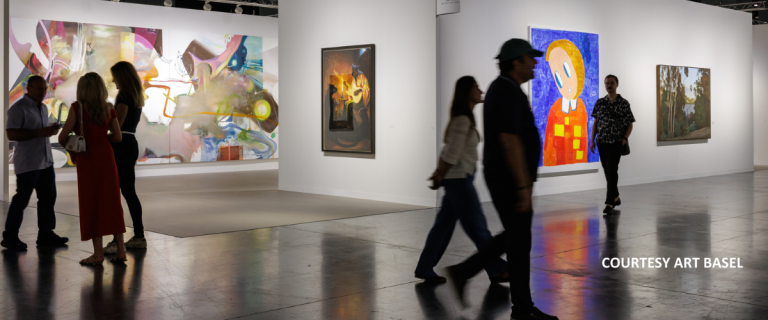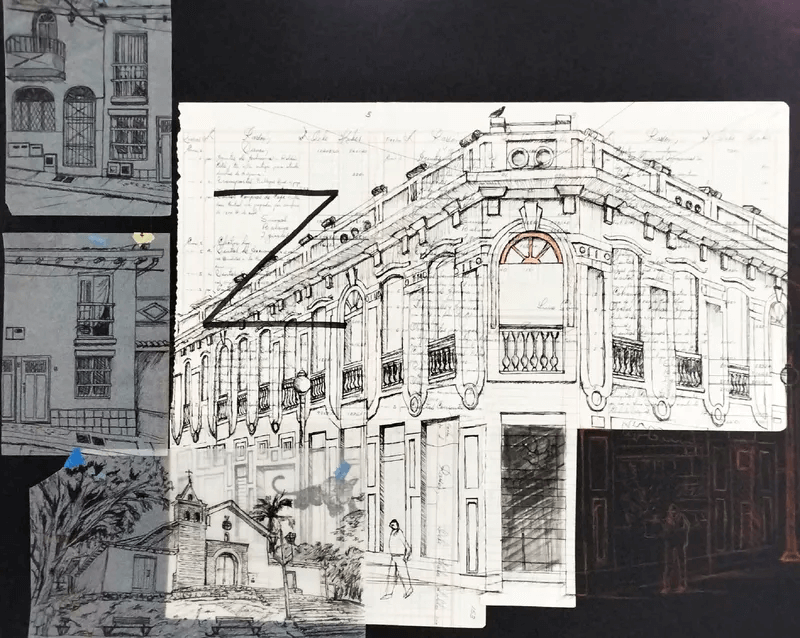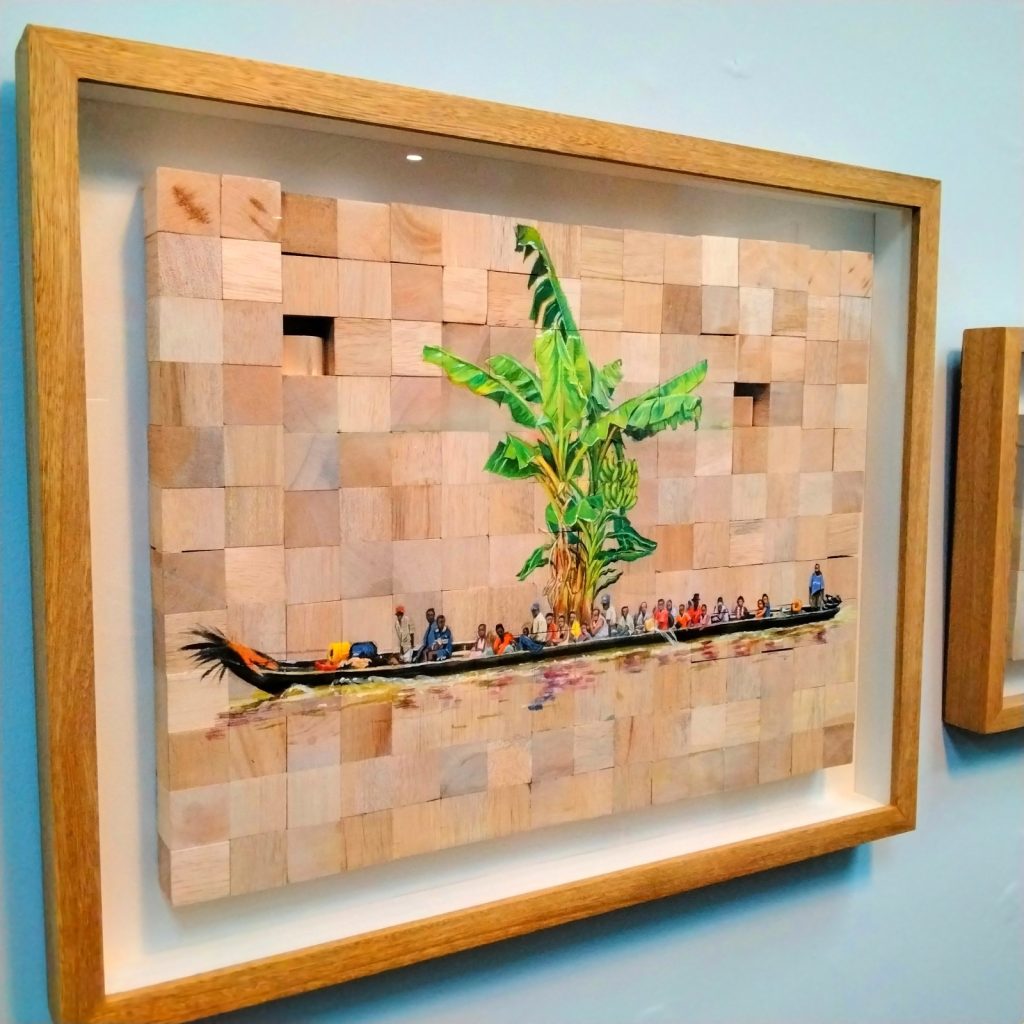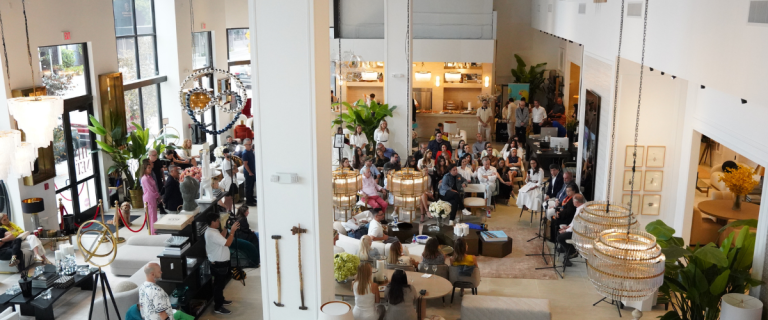
Inside the Miami Art Week 2025
Every December, Miami becomes a global hub for art, design, and culture during Miami Art Week. The city fills with art fairs, exhibitions, and cultural events, offering our team a chance to experience firsthand the exciting energy that defines this world-class celebration.





